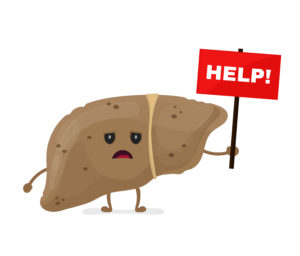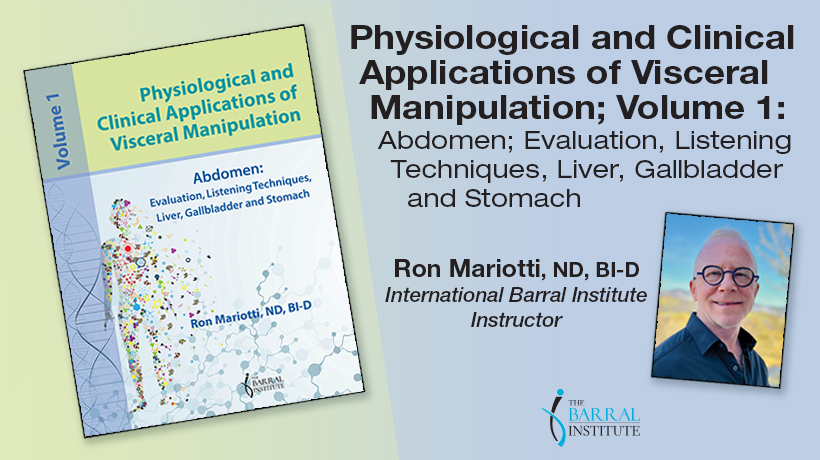ACA Update #7 – Fatty Liver Disease

~ Contents of ACA Update #7 ~
- Quote from JP Barral
- What percentage of US population suffering from NAFLD (non-alcoholic fatty liver disease)
- Why do I need to know physiology?
- Questions regarding NAFLD answered in ACA-CG1 class.
- Review by Gail Wetzler
- How will this class change the way I practice?
~ JP Quote ~
"It is all about the liver!"

~ Percentage of US Population with NAFLD ~

NAFLD is a leading health crisis in the world estimated at about 30-40% of the population in the United States alone.
These numbers are astronomical and of significant concern to the longevity and quality of life of not only ourselves but our patients. Some of you reading this post may most likely have NAFLD.


Included in the class is a comprehensive clinical manual (300-400 pages on average) including worksheets you will actively work through during the lecture portion.
- How does fatty liver disease develop in the absence of alcohol damage to the liver?
- Is it possible for someone to have fatty liver disease in the absence of obesity?
- What type of dietary lifestyle is essential for the treatment of fatty liver disease?
- What herbs, nutrients, and spices may possibly benefit fatty liver disease?
- What techniques in the arsenal of a manual therapist are essential in the treating of fatty liver disease?
- How can you be certain that you have therapeutically treated the individual suffering with fatty liver disease?
- In treating the liver what other organs are essential in order to optimize treatment outcomes?
- What role does the brain play in optimizing treatment outcomes, and how can you, as a manual therapist, ensure a therapeutic response in the brain?
"One of our great adventures in life is to learn and one of our great purposes of life is to grow.Dr. Mariotti has provided both of these opportunities in this new expanded visceral course for common gastrointestinal issues. He provides us with detailed information about the evolution, embryology, pathophysiology, surgical approaches and nutritional options for the stomach, esophagus, liver and gallbladder in this first class of a five part series. He explains the clinical reasoning behind each technique (visceral, neural, vascular, musculoskeletal) and how these techniques serve to balance homeostasis.Your sensitivity to listening will also be enhanced as you experience more anatomical relationships of these organs... including the brain.Be excited, be very, very excited....and get ready for an amazing experience in advanced clinical applications of visceral manipulation."
Gail Wetzler, PT, DPT, EDO, BI-D, Director of Curriculum, Barral Institute of Advanced Manual Therapy




Leave a Reply
You must be logged in to post a comment.